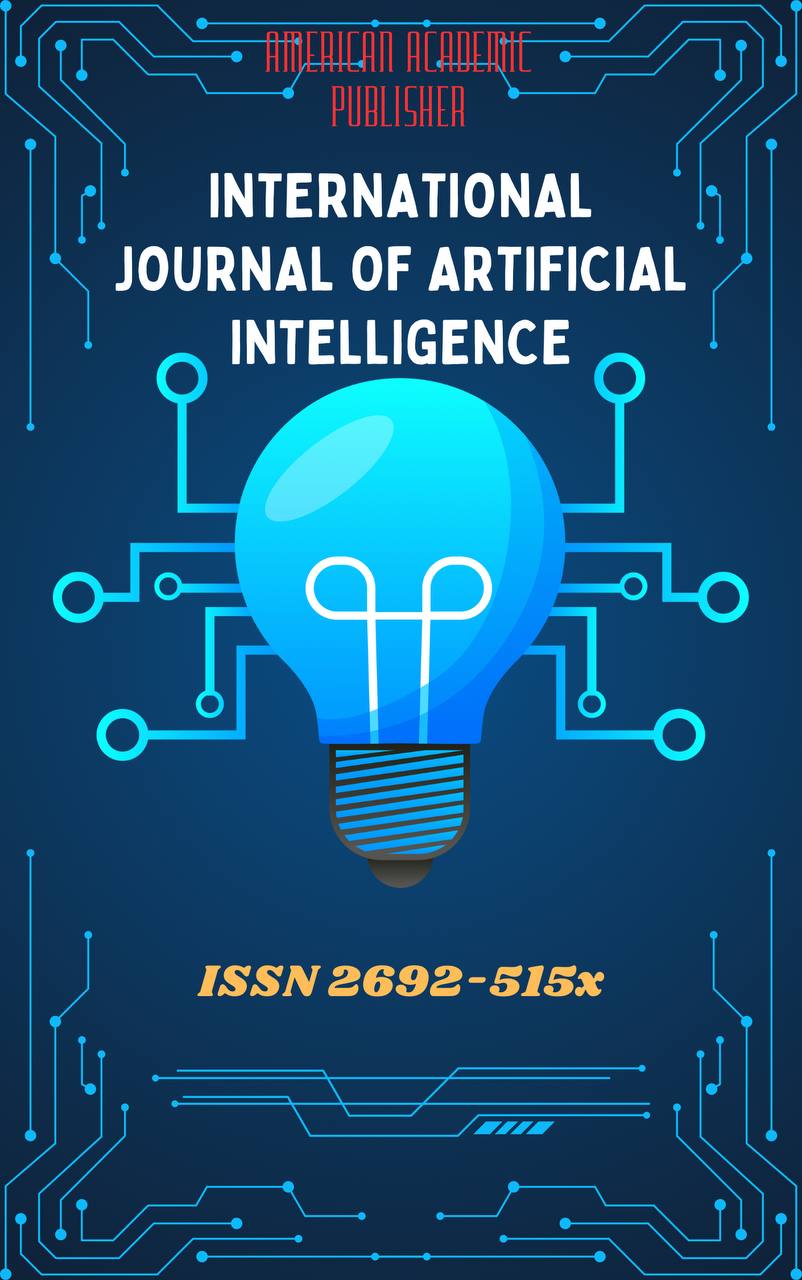 Articles
| Open Access |
Articles
| Open Access | RESPIRATORY SYSTEM
Turimbetova Rayxan Erimbetovna,Asatullaev Rustamjon Baxtiyarovich , Student,Trainee assistant at Samarkand State Medical UniversityAbstract
The respiratory system is responsible for the exchange of gases between the body and the environment. It supplies oxygen to the blood and removes carbon dioxide through a series of organs including the nose, trachea, bronchi, and lungs. The process of inhalation and exhalation ensures that oxygen reaches body cells for energy production. Maintaining a healthy respiratory system is essential for sustaining life and overall well-being. The respiratory system is a vital biological system that ensures the continuous exchange of gases between the human body and the external environment. Its primary function is to deliver oxygen to the bloodstream and remove carbon dioxide, a waste product of cellular metabolism. The system is composed of organs such as the nose, pharynx, larynx, trachea, bronchi, and lungs. Within the lungs, microscopic air sacs called alveoli play a crucial role in gas exchange through diffusion. Breathing involves two main processes: inhalation, which brings oxygen into the lungs, and exhalation, which expels carbon dioxide. A healthy respiratory system is essential for maintaining proper body function, as oxygen is required for energy production in every cell. Factors such as air pollution, smoking, and infections can harm this system, leading to respiratory diseases like asthma, bronchitis, and pneumonia. Understanding its structure and function is key to promoting better respiratory health and overall well-being.
Keywords
Respiratory system, gas exchange , oxygen , carbon dioxide , lungs , alveoli , trachea bronchi, inhalation, exhalation , respiration , human body , breathing procces , asthma , pneumonia, bronchitis.
References
Guyton, A. C., & Hall, J. E. (2020). Textbook of Medical Physiology (14th ed.). Philadelphia: Elsevier.
Marieb, E. N., & Hoehn, K. (2019). Human Anatomy & Physiology (11th ed.). Pearson Education.
Sherwood, L. (2016). Human Physiology: From Cells to Systems (9th ed.). Cengage Learning.
Tortora, G. J., & Derrickson, B. (2018). Principles of Anatomy and Physiology (15th ed.). Wiley.
West, J. B. (2017). Respiratory Physiology: The Essentials (10th ed.). Lippincott Williams & Wilkins.
Hall, J. E. (2015). Guyton and Hall Physiology Review (3rd ed.). Elsevier.
Global Initiative for Chronic Obstructive Lung Disease (GOLD). (2023). Global Strategy for the Diagnosis, Management, and Prevention of COPD. Retrieved from https://goldcopd.org
World Health Organization (WHO). (2024). Air Pollution and Health: Key Facts. Retrieved from https://www.who.int
Kumar, V., Abbas, A. K., & Aster, J. C. (2021). Robbins and Cotran Pathologic Basis of Disease (11th ed.). Elsevier.
McConnell, A. K., & Romer, L. M. (2018). Respiratory Muscle Training: Theory and Practice. Routledge.
Saladin, K. S. (2022). Anatomy & Physiology: The Unity of Form and Function (10th ed.). McGraw-Hill Education.
Article Statistics
Downloads
Copyright License

This work is licensed under a Creative Commons Attribution 4.0 International License.

